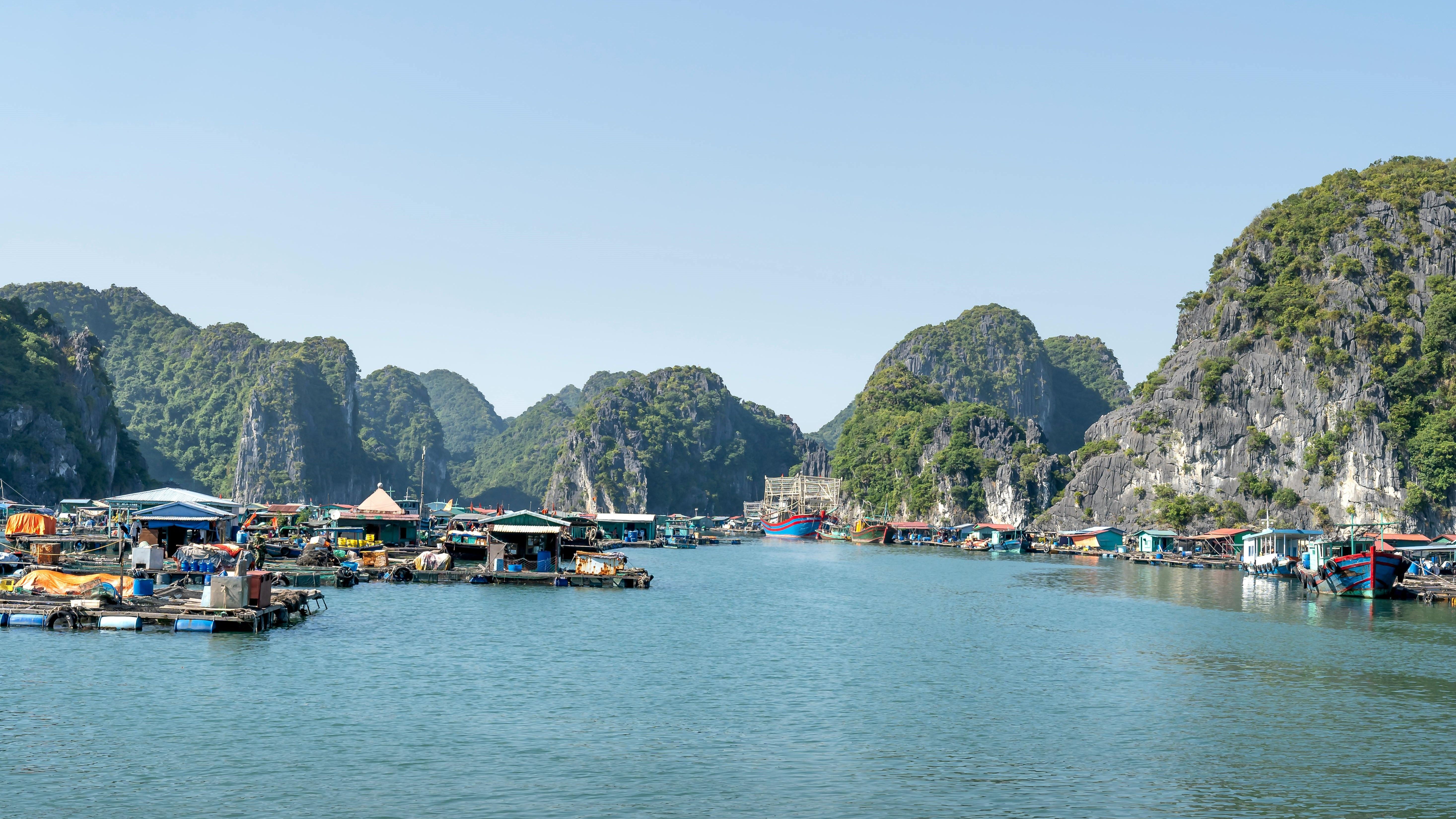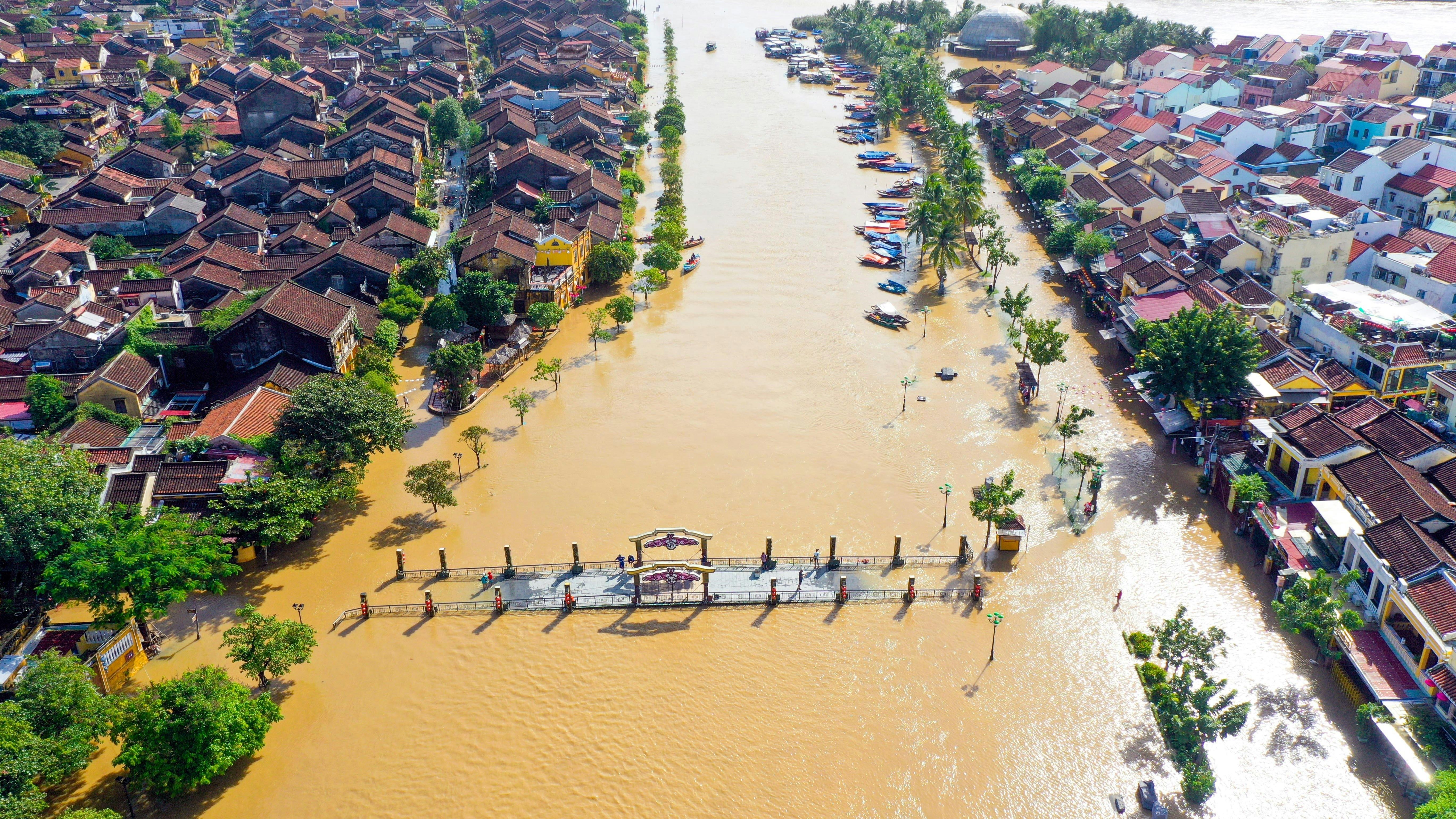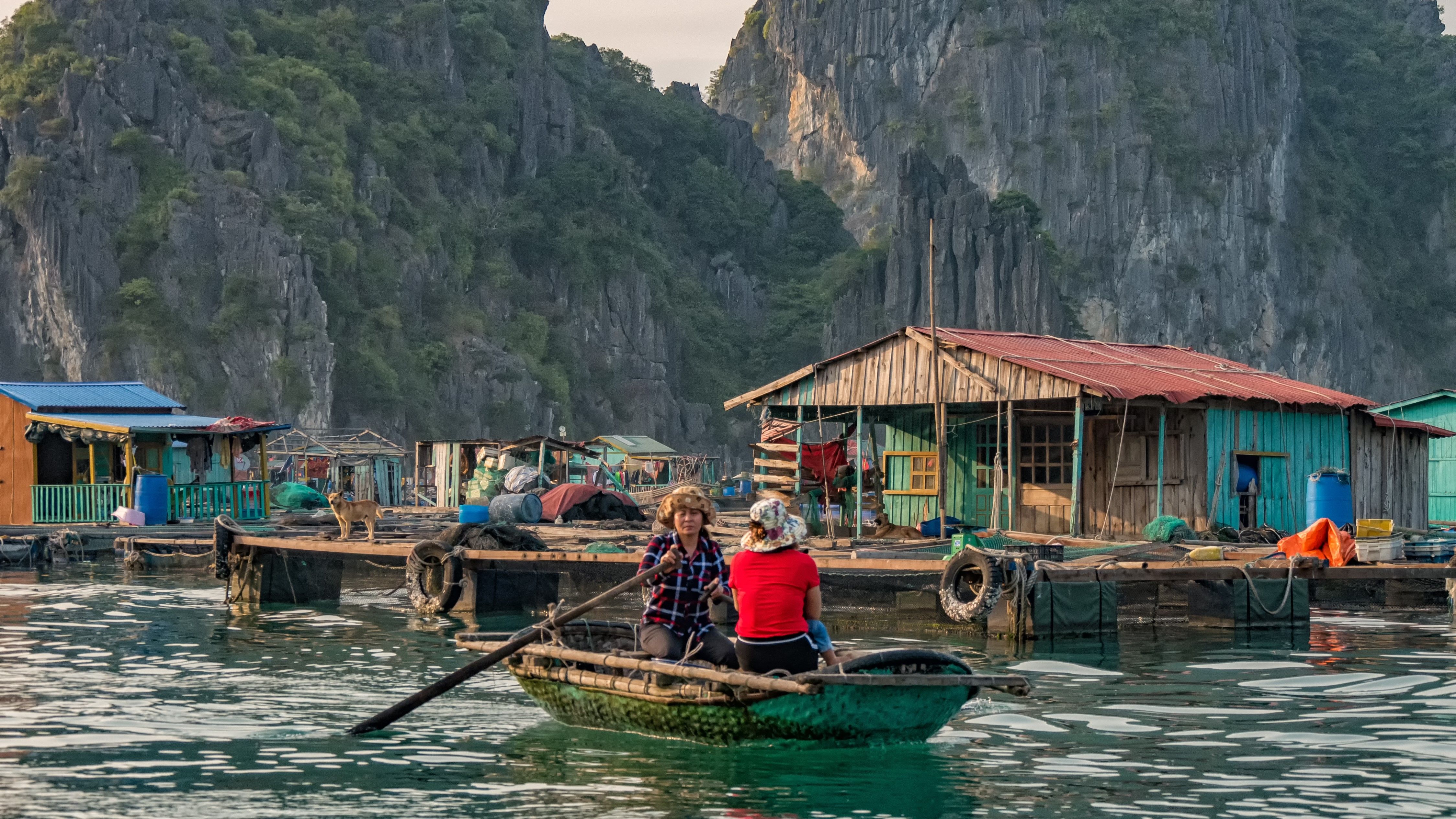
Maritime History of Vietnam: The Ancient Sea Routes
Vietnam’s maritime history is as rich and diverse as its land-based cultures. Situated along the coast of the South China Sea, the country has long been a gateway for trade, culture, and exploration. The ancient sea routes that traversed Vietnam’s shores played a crucial role in shaping the country's economy, military strategy, and cultural exchanges with the world.
Early Beginnings of Vietnam’s Maritime History
The history of Vietnam’s maritime activities dates back thousands of years, to when the coastal communities first began to fish and navigate the waters for survival. Archaeological finds along the coast reveal evidence of early boat building and fishing methods, showing that Vietnam's connection to the sea has always been integral to its way of life.
The ancient Vietnamese developed wooden boats that could endure the challenges of the open sea. Early trading communities flourished along the coast, engaging in local commerce and later expanding to foreign trade with neighboring kingdoms and empires, including China, India, and the Champa Kingdom.
The Champa Influence

One of the significant contributors to Vietnam's maritime prowess was the Champa Kingdom, which ruled much of central and southern Vietnam from the 2nd to the 19th century. The Cham people were expert sailors and shipbuilders who utilized the sea for both trade and conquest. Their ports became essential stopovers for merchant ships traveling between China, India, and Southeast Asia. Champa's maritime culture left a lasting impact on Vietnam’s coastal regions, particularly in terms of navigation, trade, and shipbuilding techniques.
Vietnam’s Role in the Spice Trade

As Vietnam’s influence expanded, its sea routes became critical for the spice trade between East Asia, the Indian subcontinent, and Europe. The ports of Vietnam, especially in the region of modern-day Hoi An, became bustling centers where traders exchanged goods like silk, tea, spices, and ceramics. This era saw a blend of cultural influences, with Vietnamese, Chinese, Indian, and Western elements all mixing in these bustling trade ports.
The coastal city of Hoi An, now a UNESCO World Heritage site, was one of the key trading ports during this time. Merchants from various countries passed through, bringing not only goods but also religious, culinary, and architectural influences that are still visible today.
Vietnam’s Maritime Conflicts

Beyond trade, the sea played a significant role in Vietnam’s military history. The Vietnamese people frequently had to defend their coastline from foreign invasions, notably from Mongol fleets in the 13th century. General Tran Hung Dao famously led the Vietnamese navy to defeat these fleets in the Bach Dang River battle, marking a pivotal moment in the country’s history.
Throughout the centuries, Vietnam’s navy and coastal defenses continued to be crucial, particularly during the period of French colonization and later conflicts.
Modern Maritime Connections
Today, the ancient maritime routes of Vietnam have evolved into a vital component of global shipping lanes. Coastal cities like Haiphong and Ho Chi Minh City have grown into modern ports, continuing Vietnam's tradition of being a bridge between different cultures and economies.
Tourism has also taken advantage of these ancient routes, especially in places like Halong Bay, where modern cruise ships follow the same waters once navigated by ancient traders. Halong Bay, with its thousands of limestone islands, is a spectacular reminder of Vietnam’s enduring connection to the sea.
Exploring Halong Bay’s Maritime Heritage

A visit to Halong Bay is more than just a trip to one of Vietnam's most beautiful natural sites—it’s an exploration of Vietnam’s ancient maritime legacy. Cruising through the bay’s waters offers a glimpse into the history of the seafarers who once navigated these routes. Many cruise operators in Halong Bay now offer tours that highlight the region’s maritime history, providing a fascinating look into the past while enjoying the beauty of the present. If you’re looking for a meaningful and immersive experience, booking a Halong Bay cruise will allow you to explore the historical depths of this UNESCO World Heritage site.
Conclusion
Vietnam’s ancient sea routes have shaped its history, culture, and economy in countless ways. From early fishing communities to bustling international trade ports, the sea has always been a source of livelihood and connection for the Vietnamese people. By visiting places like Halong Bay and Hoi An, you can experience firsthand the echoes of Vietnam's maritime history and appreciate the significance of the ocean to this resilient and dynamic nation.